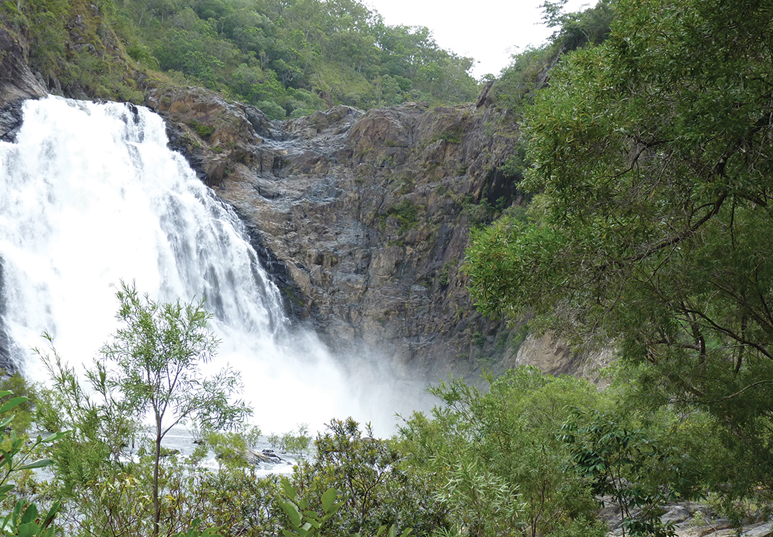Flashback Fridays: Protecting the Environment

This week we follow the growth of environmental law which began, internationally, in the late 1960s and early 1970s. Queensland was no exception when the Clean Waters Act of 1971 created the Water Quality Council. This was a whole-of-Government body established to encourage use of ‘the best practicable means of treatment’ and has been criticised for being ‘toothless’ in preventing environmental degradation in its early years.
However, control of impacts on water quality had a foothold and legislation eventually followed, notably with the Nature Conservation Act 1992, Environmental Protection Act 1994 and Environmental (Water) Protection Policy 1997.
Impacts on the urban water industry have primarily been through tighter controls on any discharges to the environment, impacting discharge of treated sewage and overflows from sewerage systems and sewage pumping stations. Controls have become tighter over time and in some cases regulation by particularly enthusiastic environmental regulators (at both State and Federal levels in many cases) have led to situations where discharge standards have been set so stringently as to be unaffordable to the community to which they apply.
The urban water industry has often complained that environmental regulation has focussed strongly on discharges from sewage treatment while being, in comparison, relatively silent on the impacts from diffuse sources of pollution (e.g. runoff from agriculture and stormwater). It is simpler to address the large point sources such as discharges from sewage treatment plants even though they are a relatively minor component of the loads flowing to Queensland’s waterways. However, sewage treatment is managed in Queensland as a ‘public good’ activity by Local Governments and so protection of the environment (including the ecological, social and financial elements) is seen as important by the industry itself which generally welcomes fair and practical environmental regulation.
The environmental regulator is relatively new (see Table 1) and has matured rapidly in the past three decades.
| Environmental (Water Quality) Regulator |
Year |
| Water Quality Council |
1971 |
| Department of Environment and Conservation |
1989 |
| Department of Environment |
1996 |
| Department of Environment and Heritage |
1998 |
| Environmental Protection Agency |
1999 |
| Department of Environment and Resource Management |
2009 |
| Department of Environment and Heritage Protection |
2013 |
| Department of Environment and Science (Current) | 2017 |
In particular, the focus on the management of sewage has developed only since the late 1990s when the regulator was going through rapid changes in its structure and approach to environmental regulation.
Firm regulation of the urban water industry was and is necessary, but the regulator sometimes tended towards an antagonistic approach with sewerage service providers. This has been effective in increasing standards, but has been inefficient and has too often led to impractical outcomes.
Given that the regulator and the sewerage service providers are both resourced through public funding, an improved approach is needed and over the last decade the Department of Environment and Science has been moving towards a more cooperative system involving consultation and co-regulation.
Feature image: An environment worth protecting - Bloomfield Falls near Wujal Wujal, Far North Queensland
Back to list